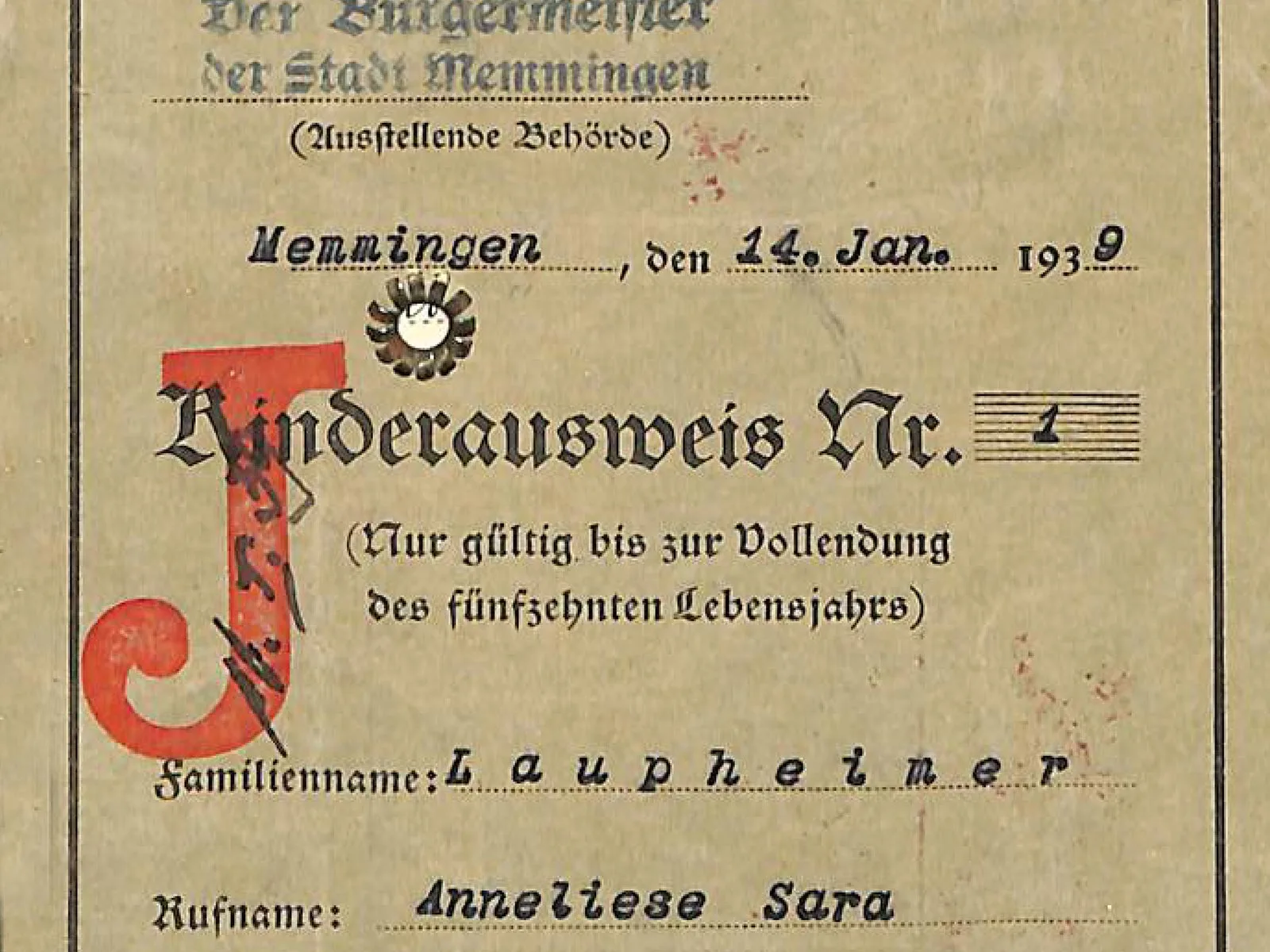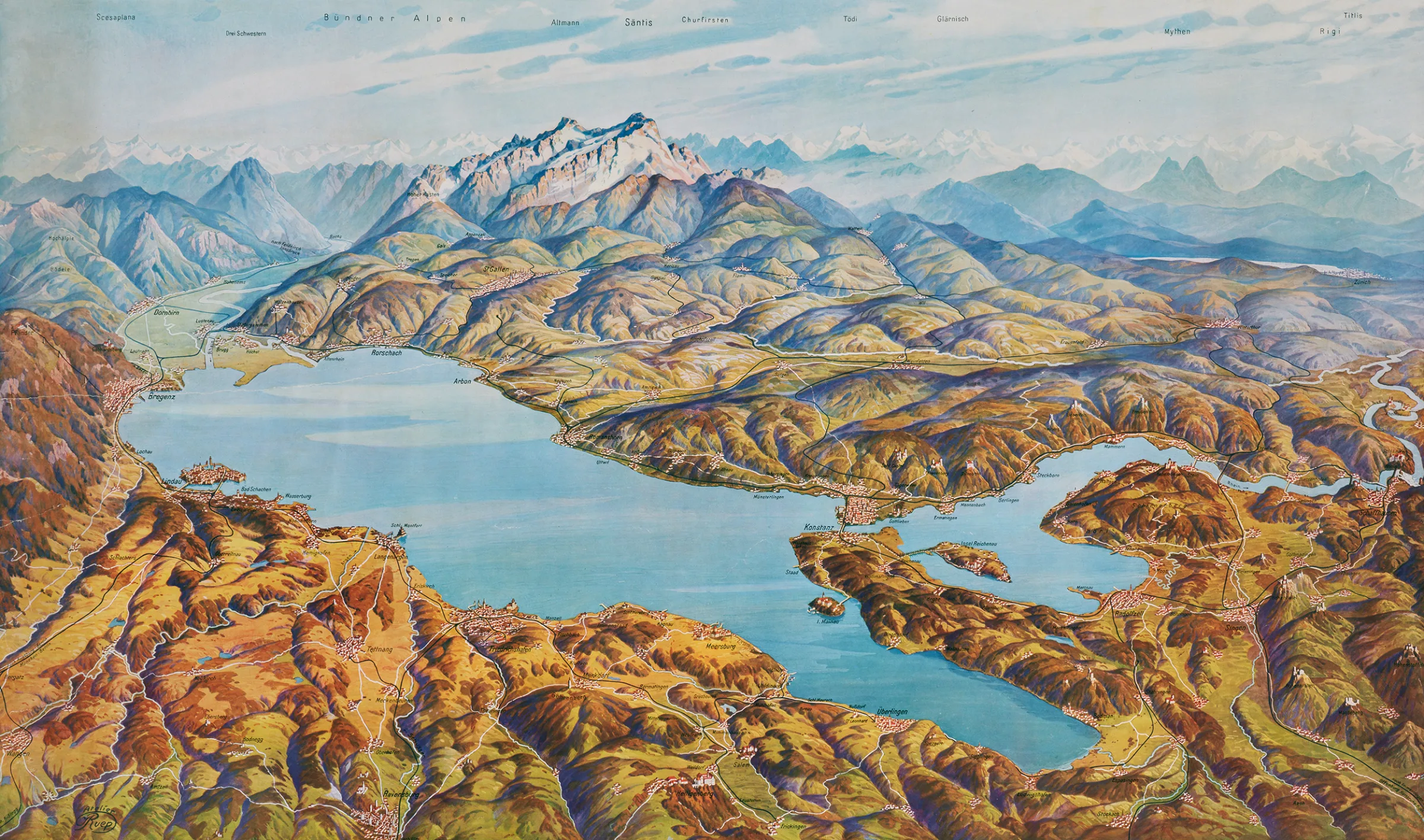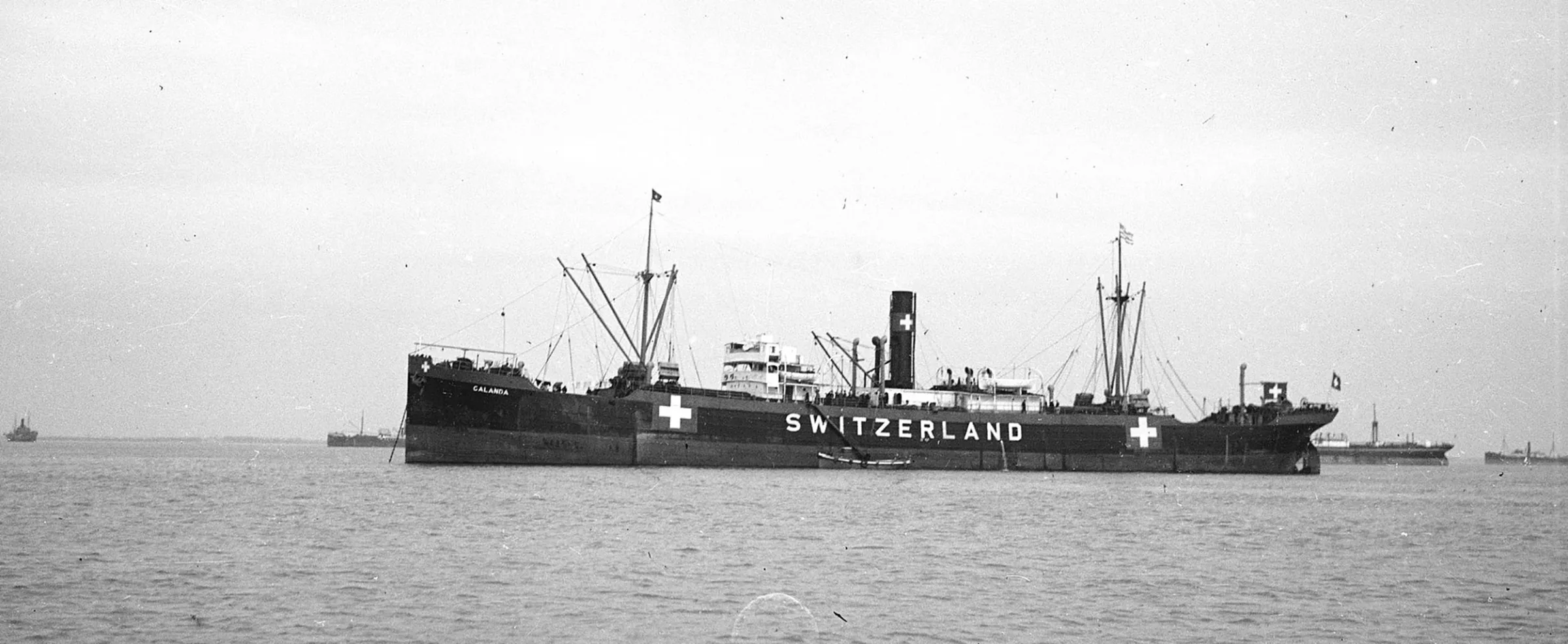
Wikimedia / Swiss National Library
Switzerland on the high seas
Even though Switzerland is a landlocked country, it operates a high seas fleet. The ships have names like ‘Helvetia’, ‘Romandie’ and ‘Lugano’. Supply shortages during two world wars drove the Swiss onto the open sea.
In the 19th century, Switzerland didn’t keep its own fleet of seagoing vessels. Individual Swiss merchants and trading companies had sailing vessels and steamships that operated under the flags of other nations, and in some cases flew the Swiss flag. During World War I, Switzerland was completely surrounded by warring countries from 1915, and the nation’s precarious supply situation worsened. The country started to feel the lack of a high seas fleet of its own. With supply channels in Europe disrupted, goods increasingly had to be imported from overseas. But cargo space was limited, and expensive. At the same time, the German Navy launched all-out submarine warfare in 1917, threatening to torpedo merchant vessels as well. The central agency for foreign shipping (Zentralstelle für auswärtige Transporte), founded by the Swiss Government in March 1917, was set up to deal with the country’s import and export problems. Switzerland chartered cargo space on American ships. However, the contract was rendered void when the United States entered the war. In view of the worsening supply situation, Switzerland established a ‘maritime transport union’ at the beginning of 1918. The strategy was to lease a fleet of 28 vessels from a Belgian shipping company. But the war ended before those ships were put into service.
SWITZERLAND BECOMES A SEAFARING NATION
At the League of Nations’ transport conference in Barcelona in 1921, neutral countries were officially granted the right to set up their own high seas fleets. Switzerland was expecting a peaceful future, and didn’t pursue the project any further – a decision that would come back to haunt the country later on! After the outbreak of World War II, the Germans blockaded the Rhine and Switzerland lost a third of its foreign trade in one fell swoop. The country found itself once again in urgent need of supply options. In response, the government leased 15 ships from a Greek shipping company. However, the Swiss chartered vessels were greatly hampered by the warring states in transporting their goods. Switzerland’s losses ran into the millions; the situation became untenable. In April 1941, the Federal Council resolved, under its wartime emergency powers, that Switzerland was to become a seafaring nation. The first four ships purchased by the war transport directorate (Kriegstransportamt) and private shipping companies were named ‘Calanda’, ‘Maloja’, ‘St Gotthard’ and ‘Generoso’. During the war a total of 14 seagoing vessels, three of them provided by the International Committee of the Red Cross, sailed under the Swiss flag. Although exorbitantly high war-time prices had to be paid for the ships, the cost was worth it: the fleet kept Switzerland supplied with fuel, animal feed, grain, oil, coffee and sugar.

Jass, a trick-taking card game, was a popular pastime while at sea.
Stiftung Swiss-Ships
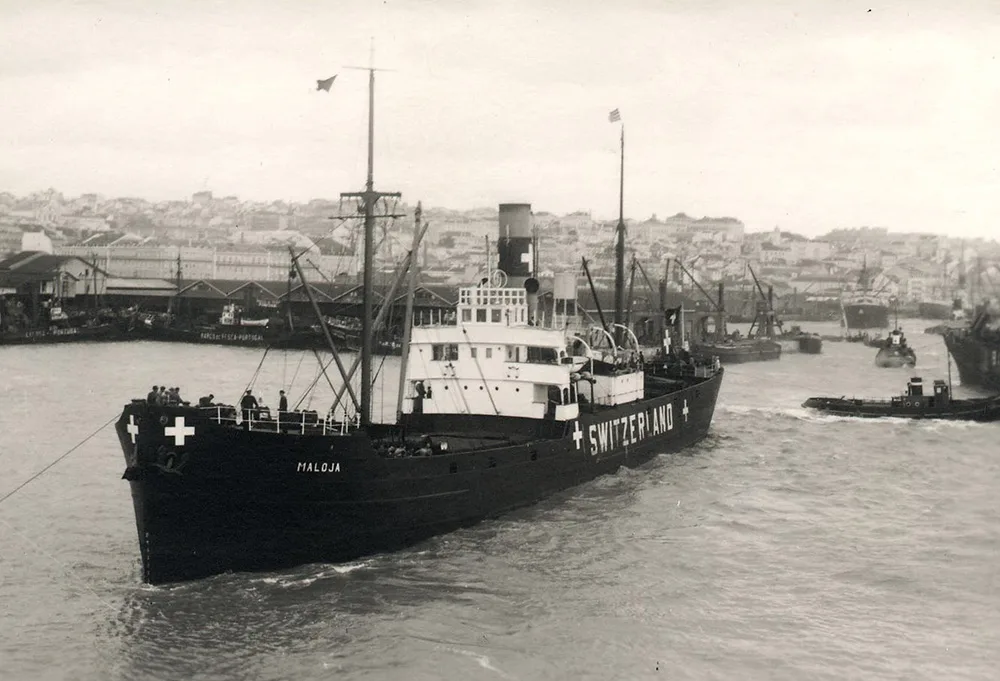
The ‘Maloja’ leaves the port of Lisbon for Africa, September 1942.
Stiftung Swiss-Ships
IDENTIFICATION MARKING – VITAL FOR SURVIVAL
The hulls of the vessels were marked ‘SWITZERLAND’ on both sides in big letters. In addition, Swiss flags were painted on them in various places. This distinctive marking was essential for survival because ships under a neutral flag had to be distinguishable from those of the warring countries. But these measures weren’t able to prevent Swiss ships from being attacked, from the sea and from the air.
On 7 September 1943, the Dutch captain of the ‘Maloja’, Klaas R. Heeres, wrote in his log 30 nautical miles off Corsica: Fine weather, calm sea, good visibility. Shortly afterwards, the ship was attacked in error by 10 British fighter planes, and sunk. Three seamen died in the hail of bullets or in the torpedo explosion. The rest of the crew were able to reach the Corsican fishing port of Calvi in lifeboats the following day. Without money or papers, they were mistaken for prisoners of war and passed back and forth between Italian and French troops. After being taken by ship to Morocco via Algeria, the men of the sunken ‘Maloja’ didn’t reach their port of departure, Lisbon, until about five months later.
During World War II the ‘Chasseral’, the ‘Albula’ and the ‘Generoso’ were also sunk by attacks, explosions or mines. In 1940 the vessel ‘St Cergue’, under the command of Fritz Gerber (1895-1952), survived several German air raids in the port of Rotterdam virtually unscathed. During the war the vessel was able, under the judicious leadership of Captain Gerber, a native of the Bernese Seeland, to rescue several hundred survivors from sinking ships and get them to safety.
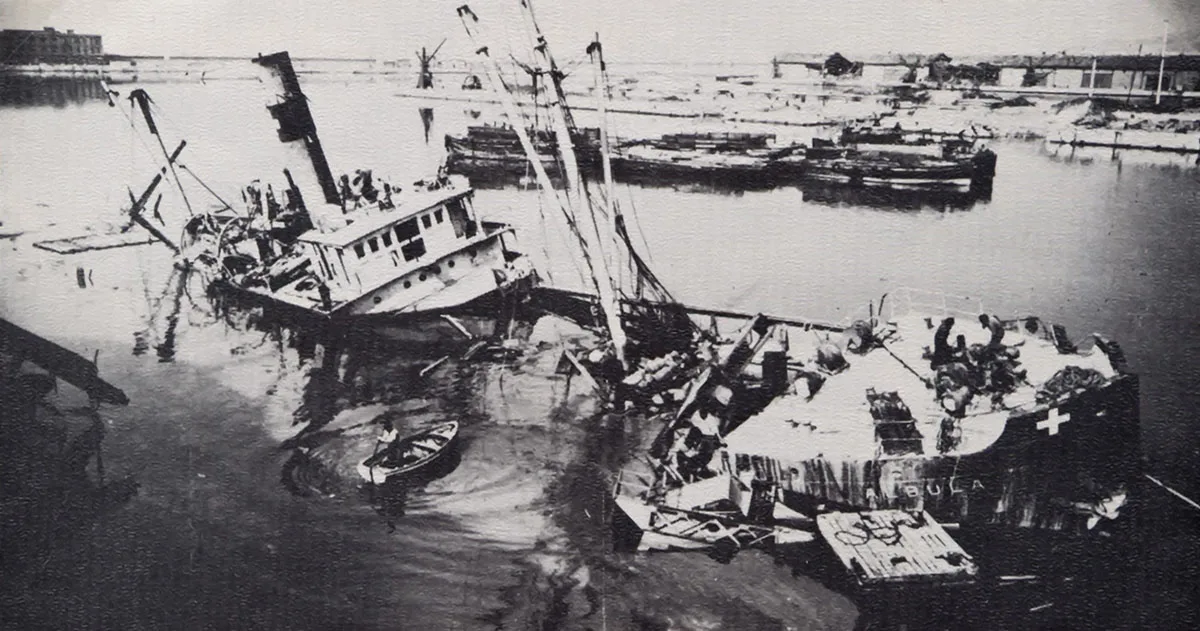
German troops sank the ‘Albula’ in Marseille harbour, August 1944.
Stiftung Swiss-Ships
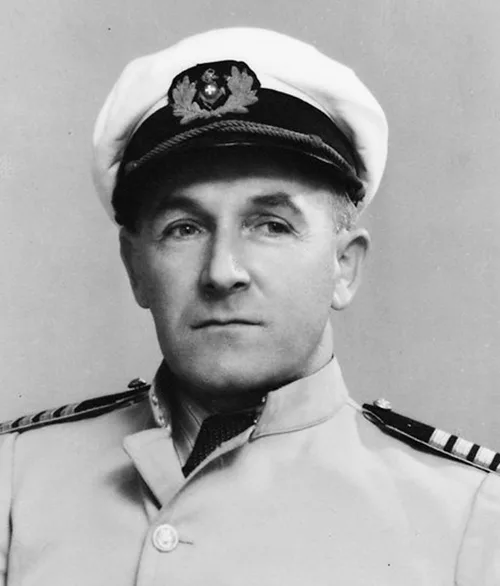
Captain Fritz Gerber.
Photo: Walter Zürcher
After the war ended, Switzerland retained its high seas fleet. The country wanted to be prepared for any future crises. The federal government sold its four ships to private shipping companies in 1953. However, it insisted that the vessels be at its disposal at any moment in times of need. In return, the federal government acts as guarantor for all cargo ships. If a shipping company gets into financial difficulties, that company must bear the costs itself. In recent years, the federal government has made efforts to reduce this reliance. Today, Switzerland’s high seas fleet consists of 27 ships, operated by four shipping companies. Since the fleet was organised, Basel has been the home port of all seagoing vessels. The Rhine is the link to the big, wide world.
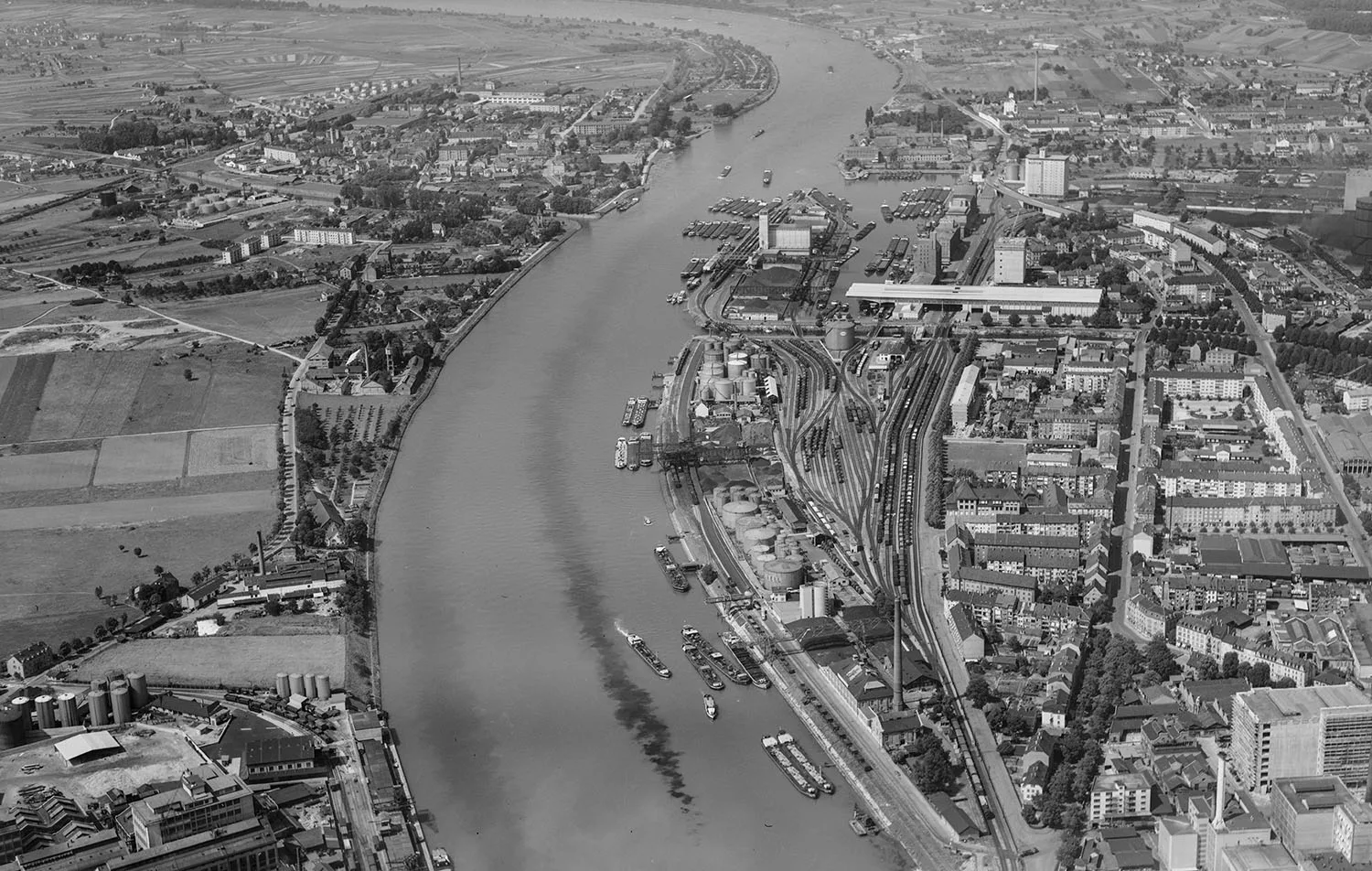
Basel’s Rhine ports in 1954.
ETH Library, Image Archive


